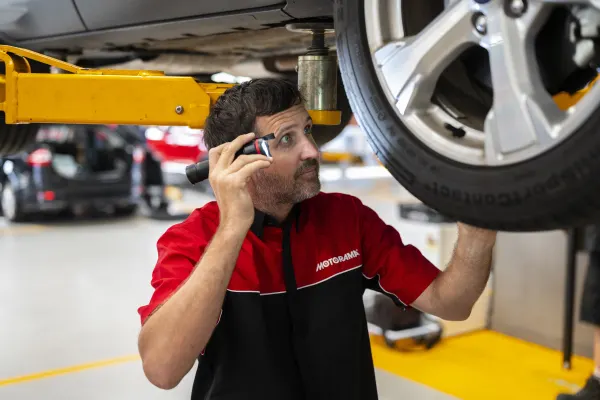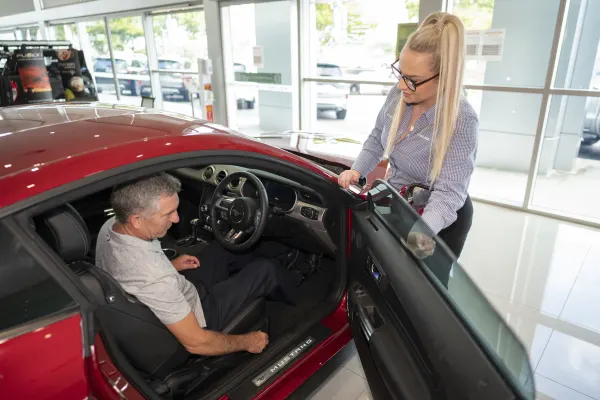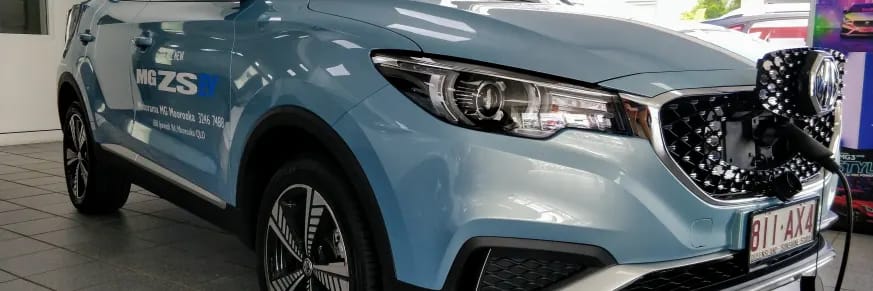
Planning Your EV Roadtrip
Posted in Motoring Tips
Planning Your EV Roadtrip
Australia’s public charging infrastructure is constantly growing. Every year it gets easier to set off in an Electric Vehicle (EV) and know you’ll arrive on time and with plenty of charge.
But it still pays to prepare, and we’ve got all the tips you need to drive electric with confidence.
CHOOSING A ROUTE & PLANNING YOUR STOPS
Planning is an essential part of long EV journeys. Always ensure you know where your next charge stop is located and about how long you’ll need to charge there. Powerful DC chargers can deliver hundreds of kilometres of range in an hour, while smaller AC stations will require a longer stop to accomplish the same. Use mealtimes, overnight stays, and natural rest stops to minimise the impact of charging on your journey.
Once you’re away from home, you’ll be relying on Australia’s network of publicly available charging stations to keep your EV going. Coverage varies significantly around the country, so it pays to check where the chargers are before you leave. Try to space out stops to around 2/3 of your vehicle’s highway range.
The good news is that recently the Australian Renewable Energy Agency (ARENA), on behalf of the Australian Government, has announced $24.55 million in funding to five applicants across 19 projects to expand Australia’s fast charging network for battery electric vehicles. Under this deal, we will see 403 new fast charging stations, from 5 electric charging network providers, built across eight geographic regions covering 14 of Australia’s most populous cities.
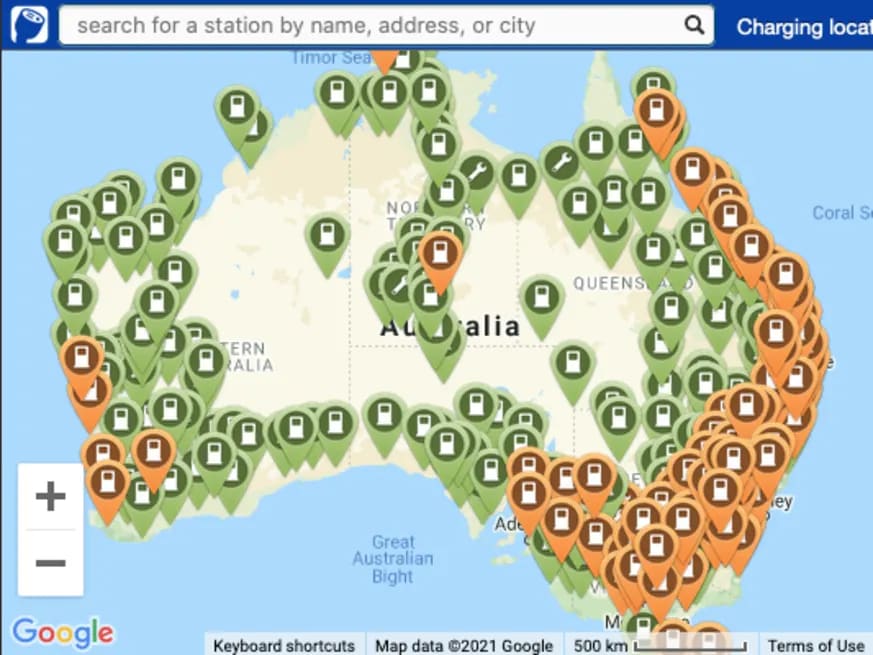
WHAT GEAR DO I NEED TO CHARGE IN PUBLIC?
Many of Australia’s public chargers are socketed, meaning they don’t include a cable to plug into your EV. To use these stations, you’ll need to bring your own. Depending on your EV this may be a Type 1 or Type 2 lead or adapter.
Portable chargers that plug into regular AC outlets will be much slower than dedicated EV alternatives. They’re great for emergencies or top-ups but are too slow to charge most modern EVs in a reasonable amount of time. A dedicated home charging station will generally charge your EV at triple the speed of a portable cable (if not more). Public chargers offer the greatest speeds of all, especially DC rapid chargers.
While Type 2 is the Australian standard, some public stations still use Type 1 tethered leads, so your needs may vary depending on what’s available on your route and what your EV requires.
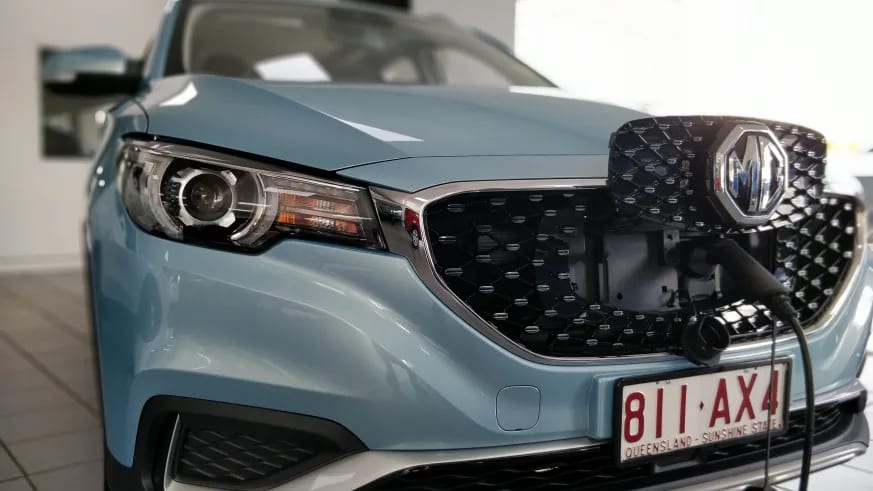
PLAN FOR YOUR VEHICLE
Range is a big selling point for many electric cars for good reason. If your vehicle caps out at 150km, you might have to seriously revise your trip expectations.
When planning your trip, don’t just look at the advertised range of your vehicle. Ensure you’ve tested—or at least researched—the highway range of your car. How far can you travel at 110km/h? What about routes with hills and frequent stop/start sections? This is important, and might make all the difference as you travel Australia.
Many of Australia’s public chargers aren’t privately owned, but managed by a single network. These can be nationwide, like the Chargefox Ultra-rapid Network, or specific to a state (the Queensland Electric Super Highway) or corporate manager (RAC Electric Highway). Often, specific routes are managed by a single network, so it pays to check out how their chargers work and how to pay for them.

